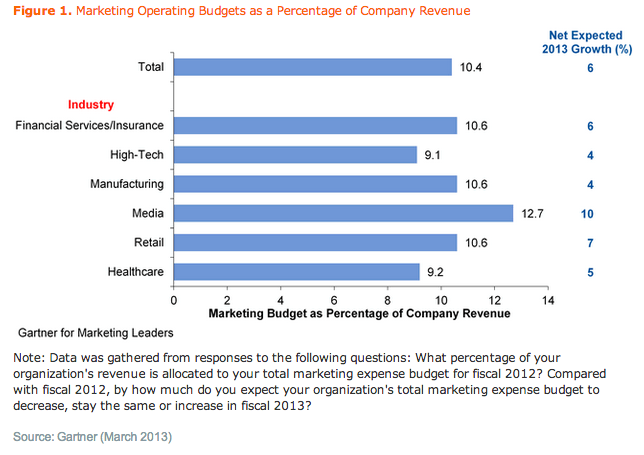In today’s fast-paced digital world, marketing automation has become a cornerstone of effective marketing strategies. As businesses strive for efficiency and engagement, understanding the latest automation trends and tools is crucial for staying ahead. Let’s explore how to maximize marketing automation for success.
The Rise of Marketing Automation
Marketing automation involves the use of software to automate repetitive marketing tasks, improving efficiency and allowing marketers to focus on strategy and creativity. From email campaigns to social media scheduling, automation streamlines processes and enhances targeting.
Current Trends in Marketing Automation
1. AI and Machine Learning Integration
- Enhanced Personalisation: AI-driven tools analyse consumer behaviour and preferences, allowing for hyper-personalised content and recommendations.
- Predictive Analytics: Marketers can anticipate customer needs and tailor campaigns accordingly, boosting engagement and conversion rates.
2. Omnichannel Automation
- Unified Customer Journeys: Automation facilitates seamless experiences across platforms, ensuring consistent messaging and interactions.
- Cross-Platform Campaigns: Coordinating campaigns across multiple channels without manual intervention saves time and resources.
3. Intelligent Chatbots
- 24/7 Customer Support: AI-powered chatbots handle queries and guide users through purchasing processes, enhancing customer experience.
- Lead Qualification: Chatbots can assess potential customers and direct them to appropriate sales channels.
4. Data-Driven Decision Making
- Advanced Analytics: Automation tools provide valuable insights into campaign performance, consumer behaviour, and ROI, enabling informed decision-making.
- Real-Time Adjustments: Marketers can tweak campaigns based on live data, optimising for better results.
Essential Tools for Automation Success
- Customer Relationship Management (CRM) Systems
- Integrating marketing automation with CRM systems enhances customer profiling, lead tracking, and segmentation.
- Tools like Salesforce and HubSpot offer comprehensive solutions for managing customer interactions and data.
- Email Automation Platforms
- Platforms like Mailchimp and ActiveCampaign facilitate personalised email campaigns, drip sequences, and automatic follow-ups.
- These tools help maintain engagement and nurture leads through tailored communication.
- Social Media Management Tools
- Tools such as Buffer and Hootsuite offer scheduling, posting, and analytics across multiple social media platforms.
- Automation ensures consistent presence and timely engagement with followers.
- Analytics and Reporting Software
- Google Analytics and Adobe Analytics provide insights into user behaviour, campaign performance, and website traffic.
- These tools help visualise data, track KPIs, and inform strategic adjustments.
- Lead Scoring and Nurturing Tools
- Platforms like Marketo and Pardot assess lead quality and automate nurturing processes, guiding prospects through the sales funnel.
- Automation enhances lead conversion rates by delivering relevant content at the right time.
Strategies for Maximizing Automation
- Align Automation with Business Goals: Define clear objectives for automation efforts, ensuring alignment with overall business strategies.
- Continuous Testing and Optimisation: Regularly test automation processes and campaign performance, making necessary adjustments for improvement.
- Invest in Training: Equip teams with the skills needed to leverage automation tools effectively, enhancing productivity and creativity.
- Prioritise Data Security: Ensure that data protection measures comply with privacy regulations to build trust with consumers.
Conclusion
Marketing automation offers unparalleled opportunities for efficiency, personalisation, and growth. By staying informed about current trends and leveraging the right tools, businesses can maximise the potential of automation to drive success. Embracing these strategies will empower marketers to deliver impactful campaigns, fostering stronger relationships with their audiences and ultimately achieving business objectives.




